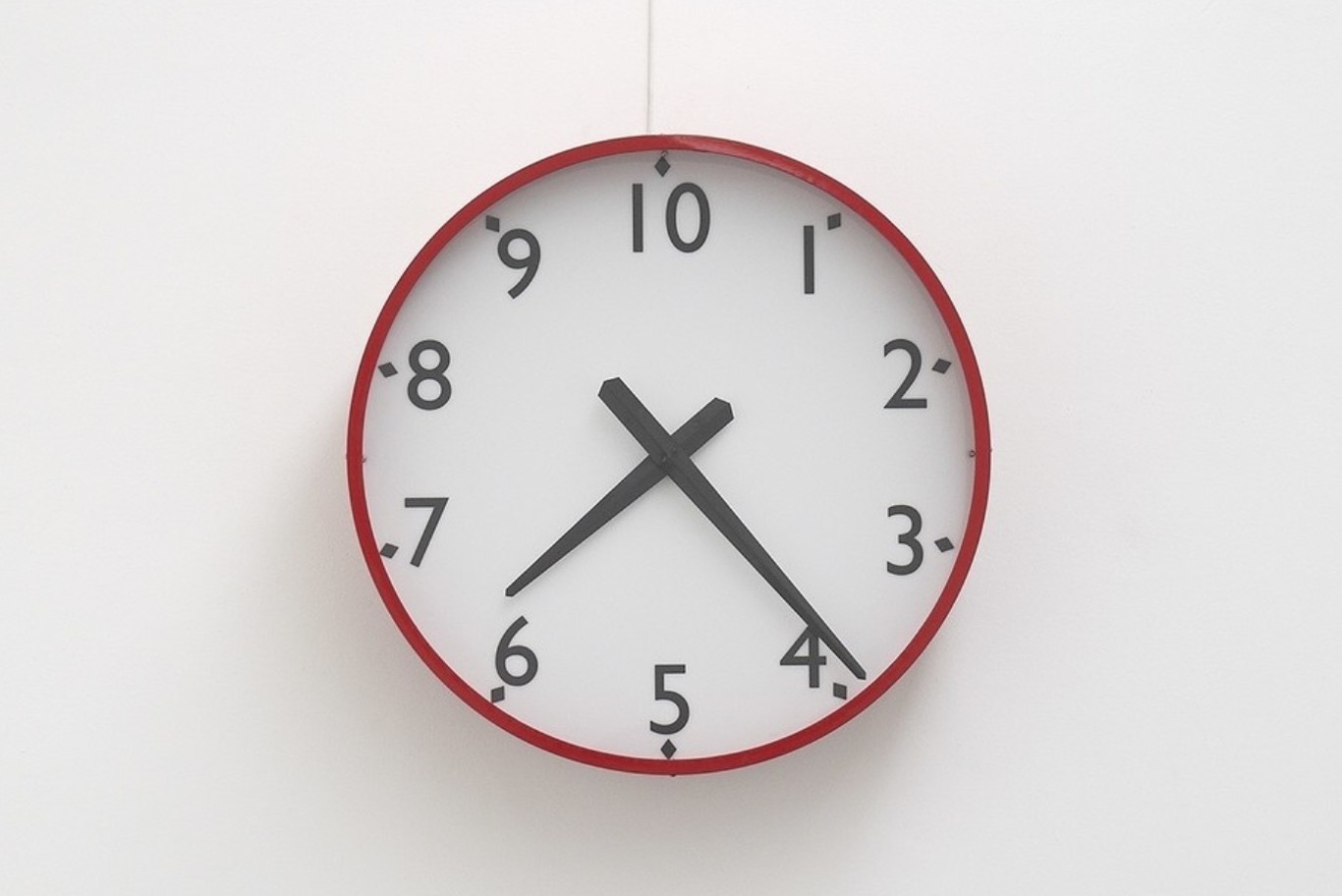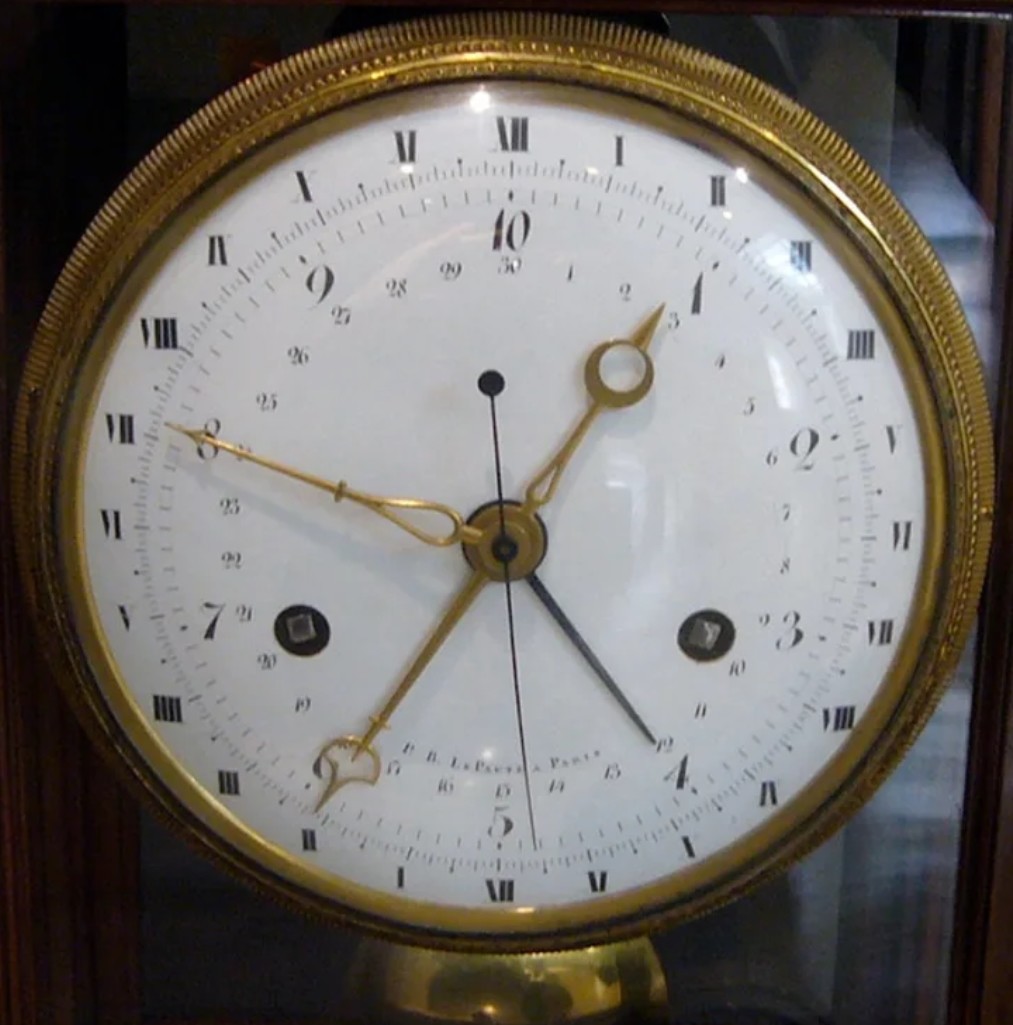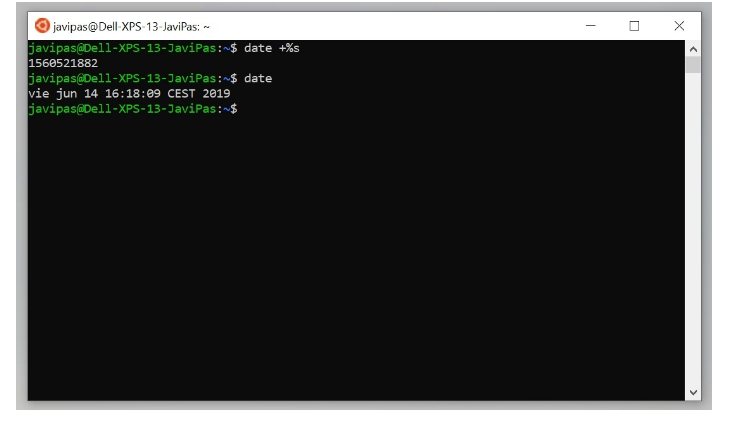
We are used to measuring time with the metric system. You know: a day has 24 hours, each of which has 60 minutes, each of which has 60 seconds. The funny thing is that from there things become decimal: a second has 10-tenths of a second, one hundred hundredths, or 1,000 thousandths.
The system has been accepted for centuries, but in France, an attempt was made to create a decimal time system. They called it French Revolutionary Time, and it was established during the French Revolution. The day had 10 hours, each of which had 100 minutes, each of which had 100 seconds. That idea failed: the French, revolutionaries, and revolutionaries, made a huge mess.
Right now it’s 6:70:86
Although that decimal time was mathematically easier to handle, that way of measuring time ran into an insurmountable obstacle: customs.

Although various French researchers had studied systems of this type since the 1750s, the French Revolutionary time began to run on November 24, 1793.
To try to ease the transition, the French built clocks that showed both metric and decimal time, but the system soon proved unpopular: in addition to changing the habits that had been maintained by the French decades earlier, it practically forced them to buy new watches, something that was expensive across the board.
That made France abandon that effort 17 months after launching it. French revolutionary time ceased to be mandatory on April 7, 1795, although there were areas where it continued to be used partially for some time.
Systems to measure the time that does not remain
France was not the first to try to apply this system. Decimal time was partially used in China alongside the duodecimal system for much of its history. Each day was divided into 100 kè, although there were periods in which each day had 96, 108, or 120.

There was a later attempt also by France. In 1897 the “Commission for the Decimalization of Time” proposed keeping the days of 24 hours, but dividing those hours into 100 minutes and the minutes into 100 seconds. The proposal was abandoned in 1900. By the way, if you want to know what time it is in French Revolutionary Time at any time, you can do it on this online decimal clock.
As indicated in Mentalfloss, this decimal system was “more or less” applied to the star date system of Star Trek, which was rounded to one decimal place and was artificially increased in various installments in movies and spin-offs that sprang from the original series.
Watchmaker Swatch tried to push its decimal system in 1998. It called it Swatch Internet Time, and it divided the day into “.latidos” or “.beats,” and one could refer to a particular beat with the at the sign. use in email, for example. Each of those heartbeats lasted 26.4 seconds and represented one-thousandth of a day.
These systems are mixed with others such as the Flicks created by Facebook or the very technological Unix time.
The latter has little decimal in it: it is based on the metric system’s definition of a second, and simply measures the number of seconds that have elapsed since midnight UTC on January 1, 1970. We can find out what “Unix time” is with the command ‘ date+%s ‘.

Sharlene Meriel is an avid gamer with a knack for technology. He has been writing about the latest technologies for the past 5 years. His contribution in technology journalism has been noteworthy. He is also a day trader with interest in the Forex market.











